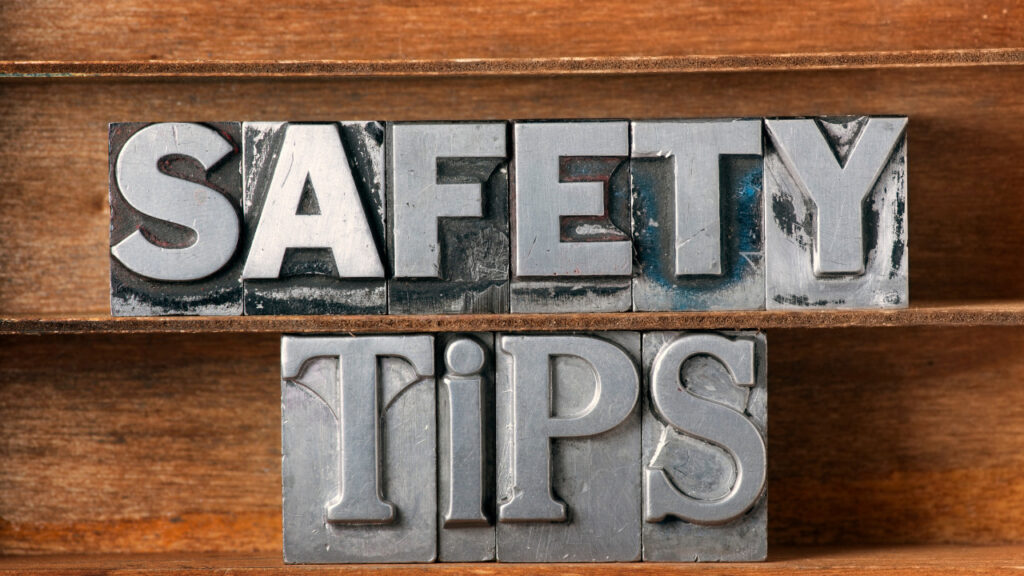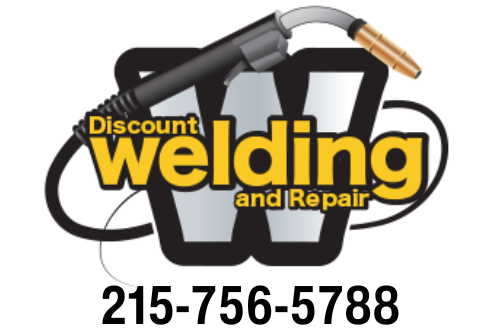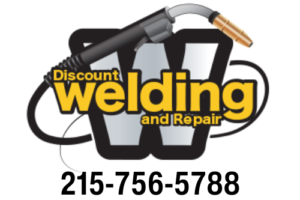Table of Contents
ToggleEnsuring Welding Safety On-site: Expert Tips

Welding is a crucial process in various industries, including construction, manufacturing, and automotive. However, it also comes with inherent risks that can cause severe injuries or even fatalities if proper safety measures are not followed. As a mobile welding company operating on-site, the responsibility to ensure welding safety falls on your shoulders. In this blog post, we will provide you with expert tips to help you prioritize safety while performing welding tasks.
1. Conduct Thorough Risk Assessments
Before starting any welding project, conducting a comprehensive risk assessment is essential. Identify potential hazards such as flammable materials nearby or confined spaces where ventilation may be limited. By understanding the risks associated with each job site beforehand, you can implement appropriate control measures to mitigate them effectively.
2. Ensure Adequate Ventilation
Proper ventilation is critical during welding operations because it helps prevent exposure to harmful fumes and gases emitted during the process. Always work in well-ventilated areas or use local exhaust ventilation systems when necessary to remove hazardous airborne contaminants from the workspace.
3. Use Personal Protective Equipment (PPE)
Personal protective equipment plays an integral role in safeguarding welders from potential hazards they may encounter on-site. Ensure all workers wear suitable PPE at all times during welding activities:
a) Eye Protection: Welders must use appropriate eye protection like welding helmets fitted with auto-darkening filters that comply with relevant standards.
b) Respiratory Protection: Depending on the type of work and environment encountered onsite, respiratory protection might be necessary such as disposable masks or respirators.
c) Protective Clothing: Provide welders with flame-resistant clothing made of durable materials like leather jackets and pants along with gloves designed for heat resistance.
d) Foot Protection: Steel-toed boots are essential to protect against heavy objects falling onto feet amidst busy worksites.
4. Train Employees Properly
Well-trained employees who possess extensive knowledge of welding safety protocols are invaluable assets for your company. Ensure that all workers receive comprehensive training on safe welding practices, including proper equipment usage, fire prevention, hazard identification, and emergency response procedures. Regularly update their training to keep them informed about the latest safety standards and techniques.
5. Maintain and Inspect Equipment Regularly
Regular maintenance and inspection of welding equipment are crucial to prevent accidents caused by malfunctioning tools or faulty electrical connections. Establish a routine schedule for inspecting machinery, cables, hoses, regulators, and valves regularly – any signs of wear or damage must be promptly addressed before use.
6. Strict Adherence to Fire Safety Measures
Fire hazards are prevalent in welding operations due to sparks flying around and the high temperatures involved. Implement fire safety measures such as:
a) Clear the workspace from combustible materials: Remove flammable substances like oil-soaked rags or gases from proximity.
b) Use non-combustible barriers: Install flame-resistant curtains or screens around the work area to minimize ignition risks.
c) Have appropriate fire extinguishing devices: Keep functioning fire extinguishers within reach at all times during welding activities.
d) Assign trained personnel responsible for monitoring potential fires throughout the project’s duration.
7. Secure Work Area Perimeters
Creating a secure work environment is crucial not only to protect welders but also bystanders who may unknowingly approach hazardous zones onsite. Clearly mark off restricted areas with signage indicating potential dangers related to ongoing welding operations.
8. Emphasize Cleanliness On-site
Maintaining cleanliness contributes significantly towards ensuring a safer working environment during mobile welding tasks:
a) Keep work area organized: Arrange tools systematically so they can be accessed easily without causing tripping hazards.
b) Proper waste disposal: Dispose of scrap metal, slag buildup, and empty gas cylinders safely according to regulations.
c) Prevent slips and falls: Promptly clean up spills such as oil or water accumulated near the welding area to prevent accidents.
9. Implement Safety Protocols in Emergency Situations
While prevention is key, preparedness for emergencies is equally important. Establish clear protocols and procedures for immediate action if an accident or emergency occurs. This includes having a well-stocked first aid kit readily available on-site and ensuring workers are trained in basic first aid techniques.
10. Regularly Review and Improve Safety Practices
Lastly, continuous improvement is vital when it comes to safety practices in any industry, including mobile welding services. Conduct regular reviews of your safety procedures, learn from near misses or incidents that may have occurred on previous projects, and implement necessary changes to enhance future operations’ safety standards.
In conclusion, prioritizing welding safety on-site should be at the core of your mobile welding company’s values. By conducting thorough risk assessments, and providing adequate ventilation and personal protective equipment while emphasizing proper training for employees, you can mitigate potential hazards effectively. Regular maintenance of equipment alongside strict adherence to fire safety measures ensures a secure work environment throughout each project’s duration. Remember that cleanliness matters too – by promoting organization on-site and establishing clear emergency response protocols; you demonstrate your commitment to upholding high levels of welding safety consistently.


One Response